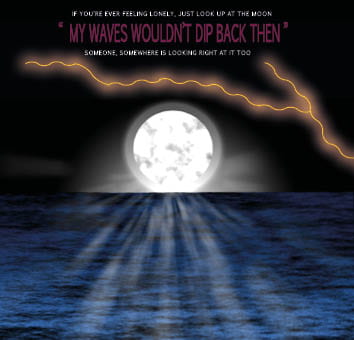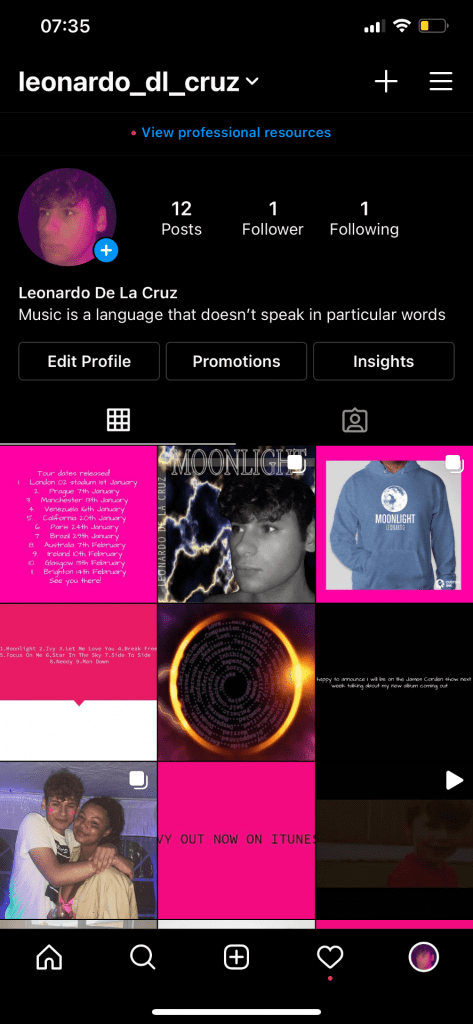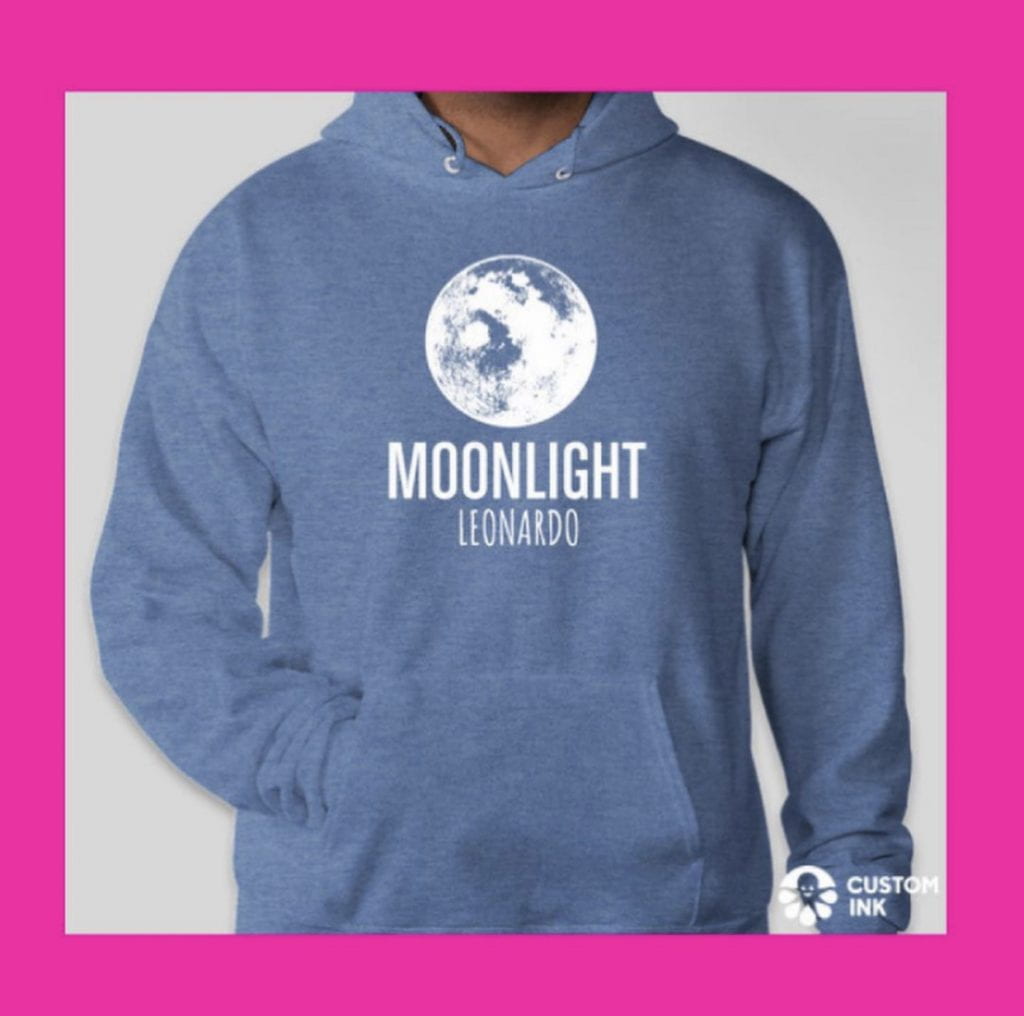Critical Reflection Essay
A promotion package for the release of an album, to include:
- A music video (major task)
- A social media page (minor task)
- A digipack (minor task)
Table of contents
How do the elements of your production work together to create a sense of ‘branding’?
how did your research inform your products and the way they use or challenge conventions?
How do your products represent social groups or issues?
How do your products engage with the audience?
Brands need to be easily recognisable in order for their target audience to be engaged with them, therefore producers have to work hard in order for their products to be sucessfull which is why all of my products had to work well together and be similar. Being a producer includes a variety of different skills needed to know prior to the production such as being able to encode the ideologies leaving the audience to then decode through branding. This leads to a preffered reading for the audience which is what Stuart Hall agrees with.
I created a mission statement before the beginning of all the production work which I used to describe my star as “mysterious, charming, truthful and sincere” which I had to keep in mind throughout all of the production to know exactly how I was going to portray this star and what conventions I was going to use to do that. All of my prodcuts work well together to lead to the audience getting a preffered reading which de Saussure would describe as using clear denotations that have relevant connotations. An example of this would be using a colour palette. These were pink, white and yellow. This colour palette is conventional to the genre of Pop/R&B which are bright and vibrant colours.
My social media page was made clear in portraying the star as ordinary but also extraodinary. This relates to Richard Dyer’s star image theory, this is done so the star is portrayed as relatable, but also respectable. The social media page helped display a clear sense of branding to the audience. Each product contributes towards building the sense of branding and paradox of the star which is then conveyed to the audience.
As my chosen artist belonged to the genre of Pop/R&B, I decided to research a lot of other artists of the same genre and looking at their music videos. I discovered that most of the music videos they all included as Altman would argue, a set blueprint for Pop/R&B music videos with both narrative and performance aspects being, generally in equal proportion. From watching a multitude of music videos of the same genre I began to understand the typical conventions included in that genre. The narratives were mainly amplified and rarely illustrative as it creates a symbolic meaning which makes it mysterious, this relates to my mission statement when I was describing my star and how I wanted to portray him showing I was following the conventions.
One music video that I watched which spesifically showed symbolic meanings was Billie Eilish’s video for the song When The Partys Over. Within the video I saw Billie crying black tears, this symbolises how dark and sad the song is compared to if they were just normal clear tears. Barthes would describe this as using symbolic codes. Mise-en-scene wise Pop/R&B music videos typically include high key lighting and very ‘sheek’ costumes especially for women but also men. The high key lighting would be a semic code which would then be decoded in a positive way such as happiness. The costumes are conventionally bright and poppy and not minimalistic at all. However it does depend on the narrative as a sad narrative with sad lyrics fromt he song would have a different style of costume such as plain and dull which is what my music video represents.
Obviously I followed the conventions of the genre for my music video which I found in other artists’ music videos. For example I mixed my music video with a narrative and performance throughout and also with a lot of symbolic codes and objects making my music video amplified. My narative included a teenage boy who has a bad relationship with his father which was symbolised through flashbacks of the teenager who was happy as a boy playing with his father and changing to the present to a sad and trapped teenage boy. I also created the father figure in the music video by including a manequin to resemble him, connoting that he is there but not really present in the teenagers life. My narrative could be argued that its not conventional as the stars mise-en-scene is not of a typical pop genre however baring in mind the narrative which is a sad story I think it fits well. My music video follows a non-linear narrative structure because it kept on flahing from past to present throughout which is seen as conventional for Pop/R&B music videos. Another convetional aspect of my music video is that the ending did not have a complete resolution, it was left on a cliff hanger which goes against Todorov’s narrative theory as there is no resolution leading to a new equilibrium.

My digipak had to be presented and reflect as much as the general tone and mood of the star’s album which was truthful, sincere and caring which is conventional for Pop/R&B artists to be like. I looked at many different album covers such as Niki Minaj’s album cover to create new ideas of the same vibe for my star to portray him as caring, truthful, handsome etc and ordinary and extrodinary at the same time which is Richard Dyer’s theory. I achieved this by adding bright neon like colours with dark backgrounds such as pink, orange and black. The main theme of the digipak is space and the moon which gives a mysterious but extrodinary vibe. I placed the star on the front cover in plain black and white with just his face and nothing else to infer the ordinariness but caringness aswell. Having the star on the front cover is very conventional for Pop/R&B genre as it connects the audience and the star together especially if the star on the front cover is staring right at the audience as it creates this intimacy with the audience. Having my star on the front cover broke the fourth wall between him and the audience making him more approachable and creating that connection with the fans.
I also used Barthes semiotics and structuralism to help attract an active audience as this made the star seem as if he was showing the audience a more personal side to him. I did this by using a black and white cut out of the star with a blank facial expression. This connotes sadness infering that the album is very personal and a lot about opening up to his fans. This was also used to show authenticity and naturalism which correlated with the natural mise-en-scene the star had in the video and also correlates with the lyrics of the song as they’re quite personal.
Hall’s theory of encoding media texts with signs and symbols was definetly one of the most important theory that was on my mind throughout as it gives the audience a chance to get a preferred reading and they gives them the option to decode it in any way they wish to. I also decoded many artists’ social media pages and discovered that its important to include interactive features as well as the information, merchandise and promotions as this allows the audience to obviously interact with your social media page and keep them intrigued.
Another very important aspect I looked into was the demographics of my audience and found that they are usually between the ages of 13 and 25, therefore I used Blumler and Katz Uses and Gratification theory to engage my audience and make them feel as if they could relate to the star and build a community. For my social media page I included information such as teasers for the new album and tour dates. I also included interactive features such as interviews so that the audience feels they are included. This helped the entertainment and social interaction remain at a good level. It made my star seem reachable. I also created my own merchandise for my star to promote himself. This pulls the audience in to explore the star’s personal identity.





